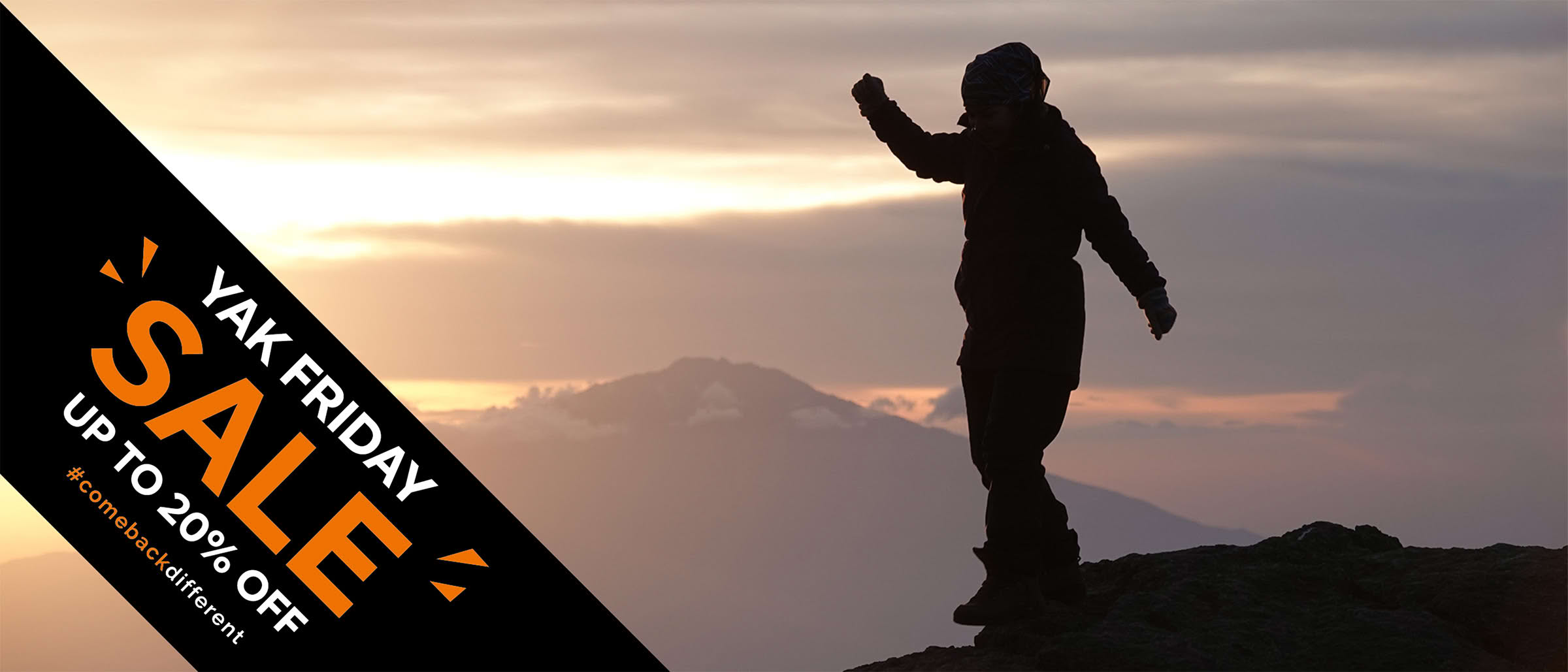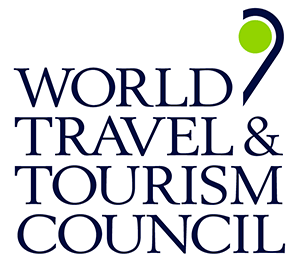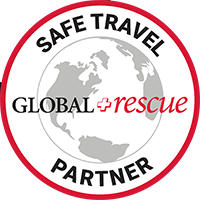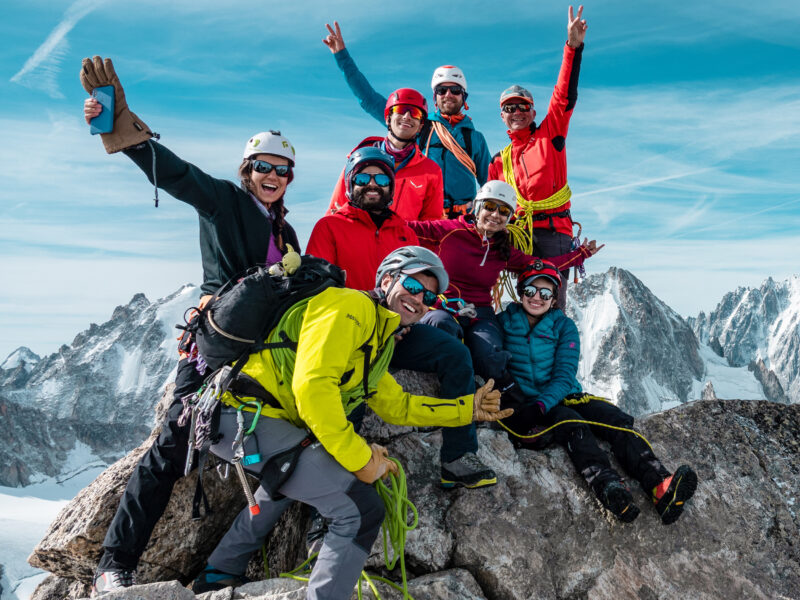BY Rami Rasamny | October 07 2025
Is Mont Blanc Harder to Climb than Kilimanjaro?
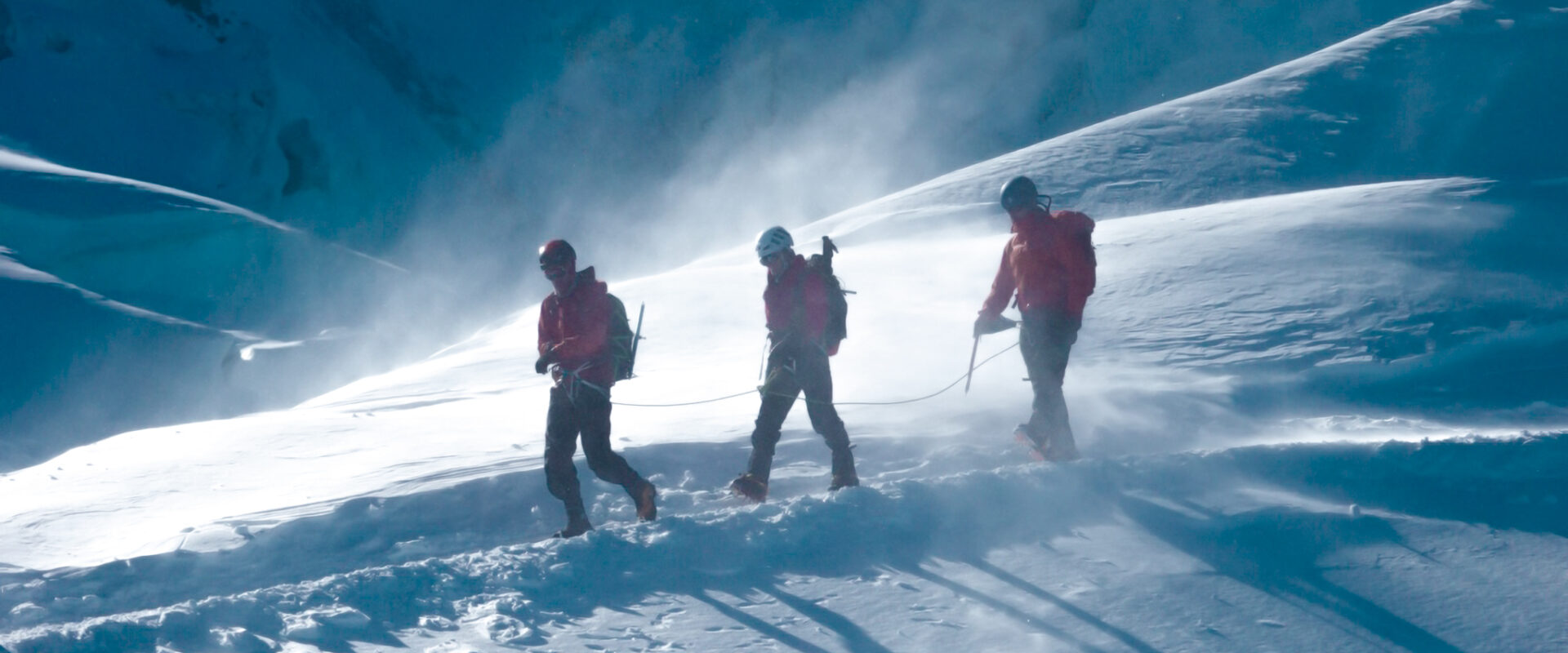
Mont Blanc vs Kilimanjaro
The short answer is yes, Mont Blanc is harder to climb than Kilimanjaro. But as with most things in the mountains, the real answer lies in the nuance.
The Physical Challenge
When you climb Mont Blanc, you are facing one of the steepest vertical gains of any non-expedition peak in the world. From the Tête Rousse Hut to the summit, you ascend nearly 1,600 vertical meters in a single push. It is a short, intense, and technical climb that demands both physical fitness and efficient movement. The higher you go, the more important it becomes to move well and move fast. Every step is earned.
On Kilimanjaro, the story is different. The trek to the summit is long, typically seven days, and the altitude gain is spread across a week of slow, steady progress. It is less about sprinting to the top and more about enduring the marathon. The well-known Swahili phrase pole pole, meaning slowly slowly, perfectly describes the rhythm needed to succeed on Africa’s highest mountain.
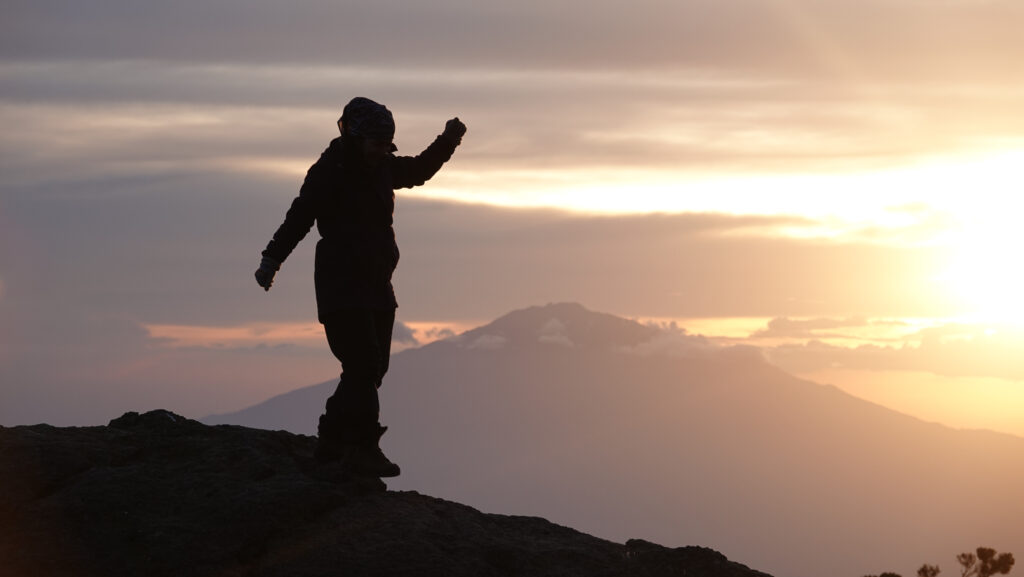
The Technical Side
A Mont Blanc climb is not just about endurance; it is about skill. You move across glaciers, climb on snow and ice, and need to use crampons and an ice axe. Even on a Mont Blanc guided climb, success depends on your ability to move efficiently while roped up, manage your pace, and adapt to alpine conditions that can change by the minute.
On Mount Kilimanjaro, technical skills are not required. It is a walking ascent, albeit a high and demanding one. What makes it tough is not the terrain but the altitude, as 5,895 meters is high enough to test anyone. So while the Mont Blanc climb difficulty is more about fitness and skill, the Kilimanjaro climb challenges your mental endurance and ability to cope with thin air.
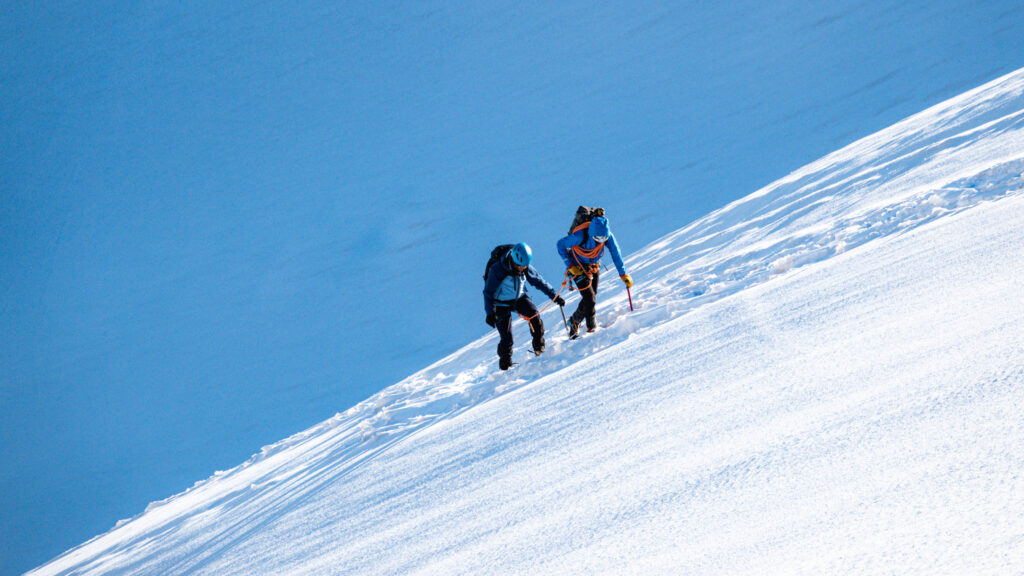
The Experience and Recovery
Mont Blanc is short and sharp. Most Mont Blanc mountain climbs are completed in three days and two nights, with a proper bed, hearty meals, and even a night in the valley between training and summit attempts. The mountain huts, like the Tête Rousse and Goûter, are comfortable, a far cry from camping at 4,600 meters. Between modules of the course, you rest in a cozy alpine hotel, enjoy good food, and sleep well before returning to altitude.
On Kilimanjaro, it is a different story. There is no return to the valley until the very end. You sleep in tents, often on uneven ground, and wake up in the cold before sunrise. The repetition of early starts, long days, and thin air takes its toll. Even though the terrain is not technical, the grind of it all becomes its own challenge.
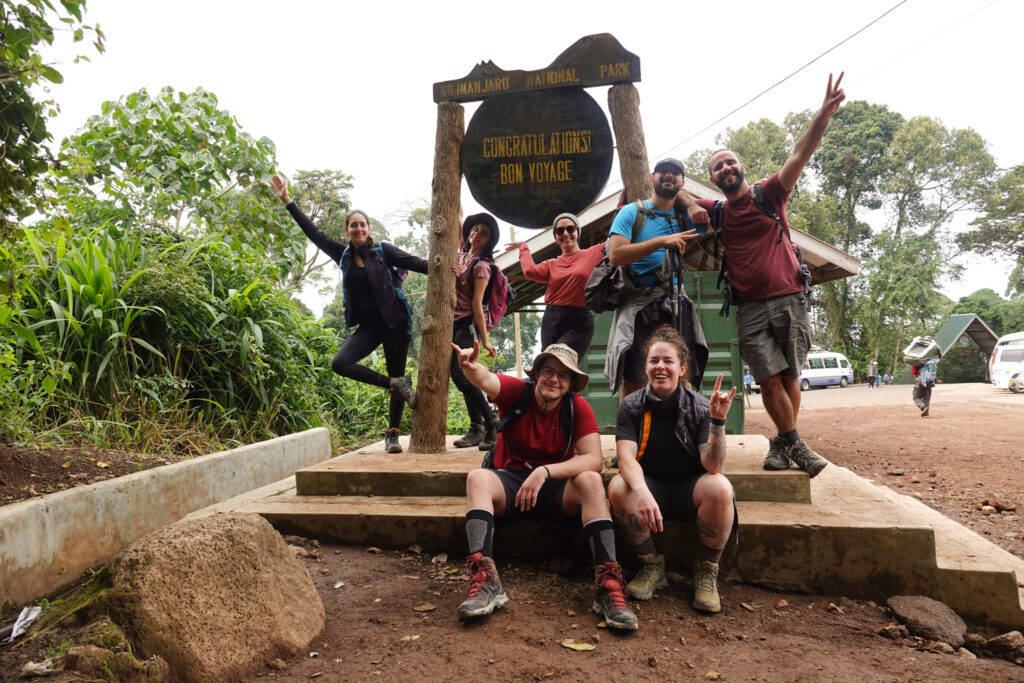
The Altitude Factor
If Mont Blanc wins on physical and technical difficulty, Kilimanjaro wins on altitude. Standing nearly 1,000 meters higher, the summit of Kilimanjaro exposes climbers to far thinner air. The body struggles to adapt, and headaches, nausea, and exhaustion can easily derail an otherwise strong trekker. It is no wonder people ask how hard is it to climb Kilimanjaro, because the answer depends on how well you acclimatize.
Most people acclimatize by taking the longer routes, which stretch the journey to seven or eight days. This slow approach helps, but it does not guarantee success. Altitude is unpredictable, and there is no shortcut around it.
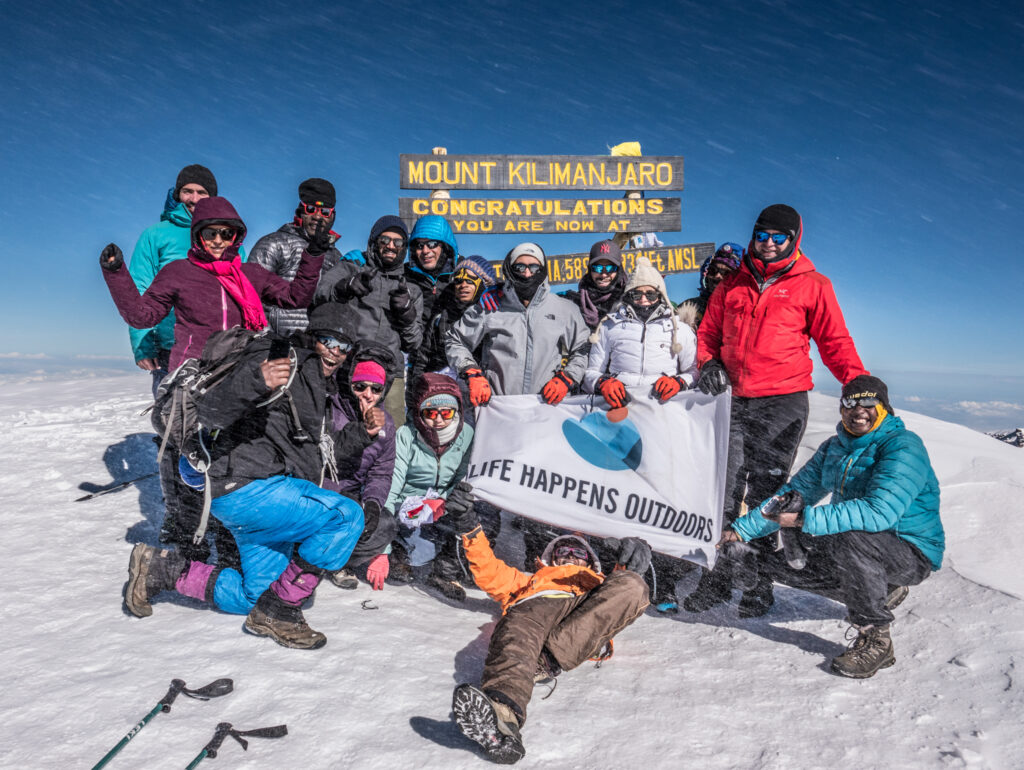
The Mental Game
To climb Kilimanjaro is a test of patience and persistence. To climb Mont Blanc is a test of precision and performance. One rewards those who endure; the other rewards those who execute.
On Mont Blanc, it is all about timing, weather, and efficiency. You climb at the edge of your limit for just a few hours, but every minute matters. On Kilimanjaro, you spend days walking slowly through shifting landscapes, conserving energy and spirit for one long night to the summit.
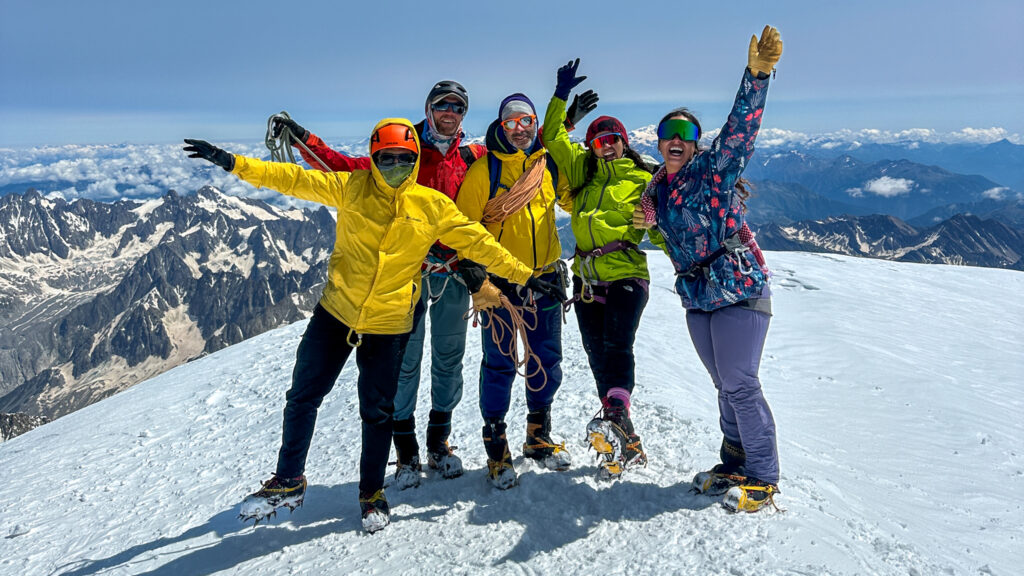
So Which Is Harder?
When people ask is Mont Blanc hard to climb or how hard is it to climb Mont Blanc compared to Kilimanjaro, the answer depends on who you are.
If you are fit, confident on snow, and have a few days to spare, Mont Blanc may suit you better. It is shorter, more intense, and requires focus. If you prefer a longer journey, steady progress, and are ready to face the unpredictable effects of high altitude, Kilimanjaro will challenge you in a different way.
Both mountains are extraordinary. Both demand respect. And both will change you. Whether you climb Mount Kilimanjaro or Mont Blanc, what matters most is the journey you take within yourself, because when life happens outdoors, you always come back different.
About The Author
Rami Rasamny is the founder of Life Happens Outdoors, a premium adventure travel community dedicated to transforming lives through curated outdoor experiences. A mountaineer and entrepreneur, Rami has led teams on some of the world’s most challenging peaks, from the Alps to the Himalayas. His mission is to make adventure accessible, transformative, and safe for all who seek to push their limits and Come Back Different.
About Life Happens Outdoors
At Life Happens Outdoors, we believe in the power of nature to transform lives. As proud members of the Adventure Travel Trade Association (ATTA) and the World Travel & Tourism Council (WTTC), our team of certified guides and outdoor professionals is committed to the highest standards of safety, sustainability, and excellence.
Discover more about our story and mission on our Meet LHO page, or explore our curated adventures such as the Tour du Mont Blanc Trek, the Climb of Kilimanjaro, and Chasing the Northern Lights.









